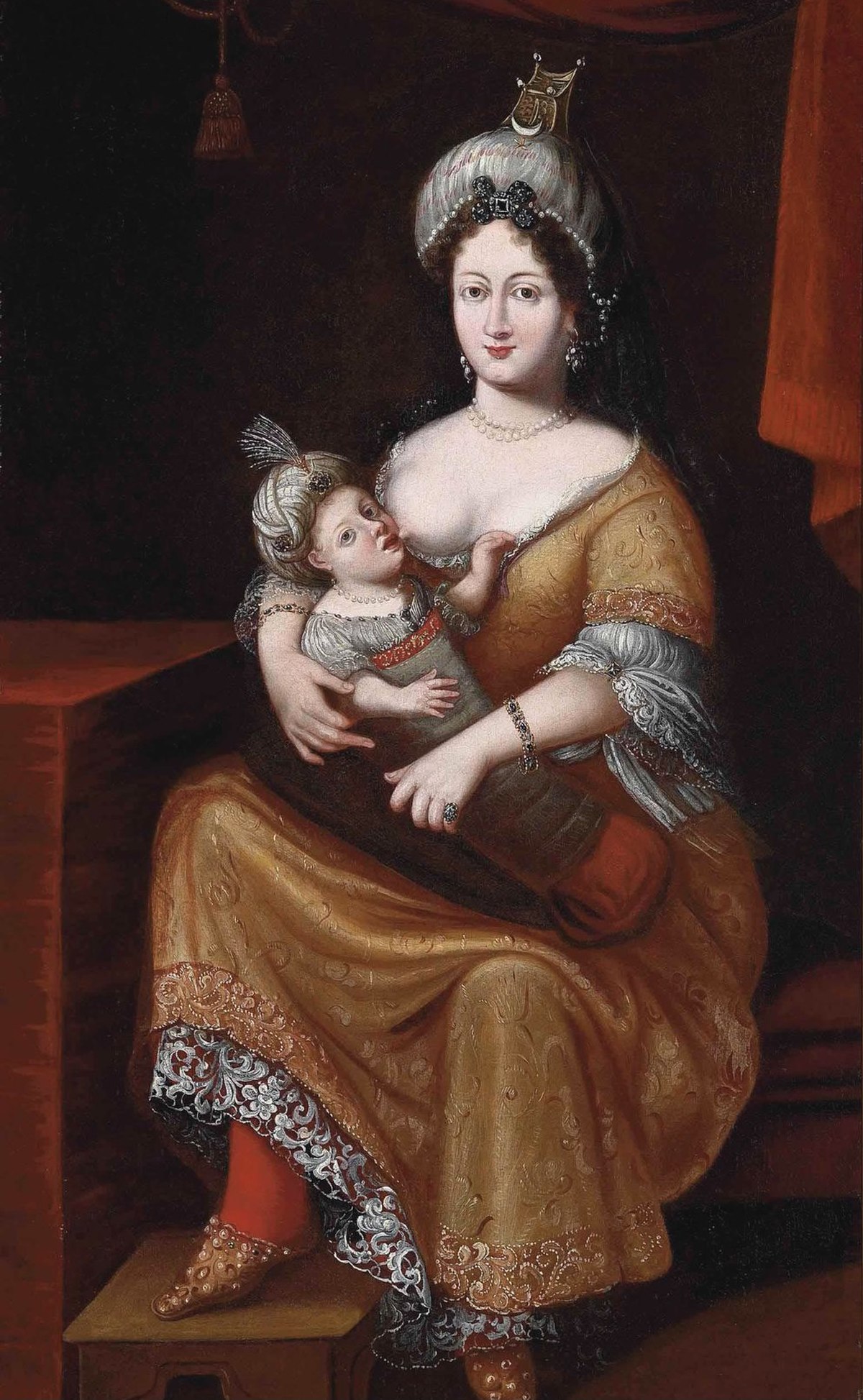
Sultanate of Women
İstanbul, TürkiyeThe Sultanate of Women was a period when wives and mothers of the Sultans of the Ottoman Empire exerted extraordinary political influence. This phenomenon took place from roughly 1533 to 1656, beginning in the reign of Süleyman the Magnificent, with his marriage to Hürrem Sultan (also known as Roxelana), and ending with the regency of Turhan Sultan. These women were either the wives of the Sultan, referred to as haseki sultans, or the mothers of the Sultan, known as valide sultans. Many of them were of slave origin, as was expected during the sultanate since the traditional idea of marriage was considered inappropriate for the sultan, who was not expected to have any personal allegiances beyond his governmental role. During this time, haseki and valide sultans held political and social power, which allowed them to influence the daily running of the empire and undertake philanthropic works as well as to request the construction of buildings such as the large Haseki Sultan Mosque complex and the prominent Valide Sultan Mosque at Eminönü.
In the first half of the 17th century, six sultans, several of whom were children, took the throne. As a result, the valide sultans ruled virtually unopposed, both during their sons' periods in power, and during the interregnums.[8] Their prominence was not accepted by everyone. Despite their direct connection to the sultans, the valide sultans often faced opposition from the viziers, as well as from public opinion. Where their male predecessors had won favour with the public through military conquest and charisma, female leaders had to rely on imperial ceremonies and the construction of monuments and public works. Such public works, known as hayrat or works of piety, were often constructed extravagantly in the name of the sultana, as had been the tradition for imperial Islamic women.[9]
The most enduring accomplishments of many of the wives and mothers of the sultans were their large public works projects, usually in the form of mosques, schools and monuments. The construction and maintenance of these projects provided crucial economic liquidity during a period otherwise marked by economic stagnation and corruption while also leaving powerful and long-lasting symbols of the sultanate's power and benevolence. While the creation of public works was always an obligation of the sultanate, sultanas such as Süleyman's mother and wife undertook projects that were larger and more lavish than any woman before them - and most men as well.[9]
